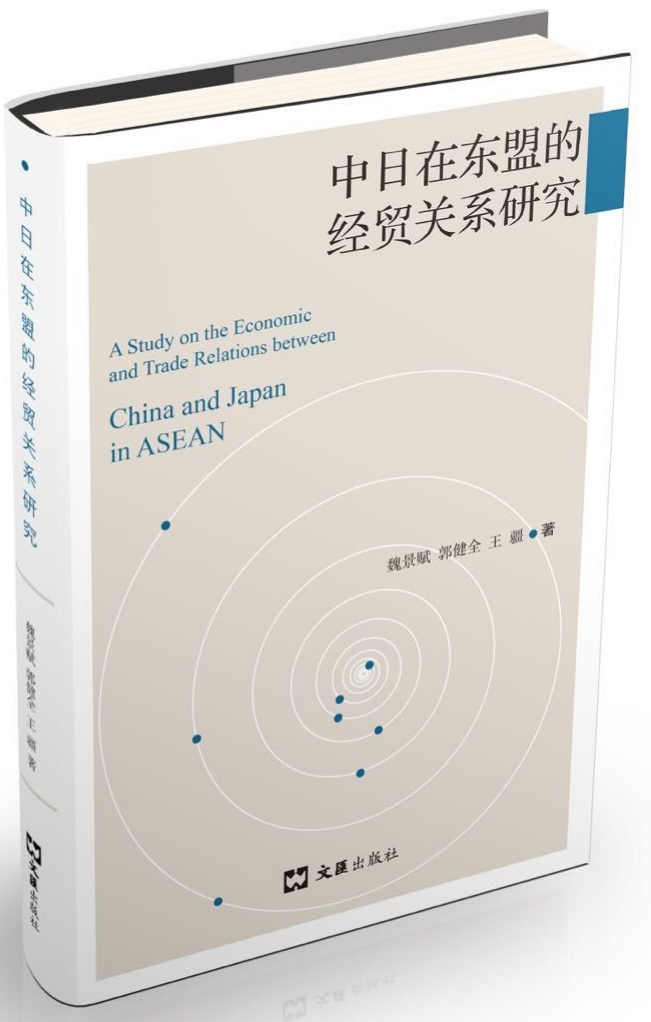Monograph on basic research
ECB's Unconventional Monetary Policy: Theory, Effect and Prospect, writeen by Li Jia and Chen Donglan, published by Shanghai University of Finance and Economics Press in April 2020.

Introduction:
In the context of the global financial crisis and the European sovereign debt crisis, unconventional monetary policy can enable European Central Bank (ECB) to act as the lender of last resort to expand market liquidity in the absence of short-term interest rate regulation, effectively alleviate the predicament of member states the European sovereign debt crisis and prevent the collapse of the Eurozone economic system. The research in this book helps to understand the regional heterogeneity (The EU needs to take into account the different development demands and future global challenges among the member states in pursuing the reform objectives of the economic and monetary union) of the unconventional monetary policy transmission of European Central Bank in the post-crisis era.
A Study on the Economic and Trade Relations between China and Japan in ASEAN, written by Wei Jingfu, Guo Jianquan and Wang Jiang, published by WENHUI PRESS in April 2019.

Introduction:
ASEAN has become an important area for China and Japan to compete in the international economic field. The formation and evolution of the economic and trade triangle between China, Japan and ASEAN deserves special attention. This book makes an in-depth analysis and discussion on the economic and trade relations between China, Japan and ASEAN and reviews the economic and trade competition the potential cooperationbetween China and Japan in ASEAN from the four aspects of commodity trade, service trade, direct investment and industrial transfer.
The Tumen River region economic development research, written by Qiu Chengli, published by WENHUI PRESS in December 2015.

Introduction:
Despite more than 20 years of cooperation and development, due to the complex and changeable international environment, the strategies of relevant countries have been constantly adjusted. Cooperation and development in The Tumen River region, which is composed of China, Russia, North Korea, Mongolia and Korea, has been in the state of " development in game" for a long time.In response to a series of problems and challenges of this unique development model, this book tries to draw an exclusive route map suitable for the development in the Tumen River region and provides some useful ideas, suggestions, strategic plans and countermeasures for governments starting with the relevant economic development theory and innovative development theory.
The Regional Economic Studies of Great Mekong River Industrial & Trade Cooperation under. GMS Mechanism written by Wei Jingfu, Qiu Chengli, Hu Ang and Luo Riujia, published by WENHHUI PRESS in August 2010.

Introduction:
The Greater Mekong Subregion(GMS), linked by Lantsang and Mekong, consists of Cambodia, Laos, Myanmar, Thailand, Vietnam and the provinces of Yunnan and Guangxi in China. It is one of the most dynamic regions in the world economy and is expected to become a huge emerging market in Asia and the world in the 21st century. Based on the research results of the subject of"research on industrial division of labor and economic and trade cooperation in theGreater Mekong subregion" (kjm2009-02) of the Ministry of Science and Technology of the People’s Republic of China, this book is formed by expanding the relevant historical and cultural contents.It is expected that this book will provide some basic guidance for the follow-up research on the regional development of GMS.

